As the RC hobby grows more advanced and specialized, so too do the components that power these high-tech machines. Among the most critical and often overlooked parts of the system are the connectors that link your battery to your motor or speed controller. One such connector that has become a standard in the RC world is the XT60 connector, especially when it comes to LiPo (Lithium Polymer) batteries.
Whether you're flying drones, racing cars, or piloting RC planes, understanding the importance of the XT60 connector is essential for ensuring safety, reliability, and performance in your RC setup. In this post, we'll break down why the XT60 is so popular among RC hobbyists, its benefits, and considerations for use.
What is the XT60 Connector?
The XT60 is a type of electrical connector widely used in RC hobby applications, specifically designed for use with LiPo batteries. The connector is made of durable nylon and features a 60-amp rated capacity. It’s a pair of male and female connectors, usually color-coded yellow, that provide a secure, robust electrical connection between the battery and the RC vehicle's ESC (electronic speed controller) or flight controller.
The "XT" in XT60 refers to a family of connectors that are known for their robust, high-current carrying capacity, and the "60" denotes the connector’s rating of 60A, meaning it can handle continuous current of up to 60 amps (with appropriate gauge wire and conditions). The XT60 is favored by hobbyists for its easy-to-use, safe, and secure fit, making it ideal for high-power RC systems.
Why is the XT60 Popular Among RC Hobbyists?
-
Secure and Reliable Connection
One of the standout features of the XT60 connector is its locking mechanism. The design of the connector includes a small latch or "clip" that helps prevent accidental disconnections while in use. This is especially important in high-vibration environments like RC aircraft or cars where a loose connection could lead to power loss mid-flight or race.
-
High Current Rating
LiPo batteries are capable of discharging a significant amount of current at once, especially when the load (like a powerful motor) requires a lot of power. The XT60 is designed to handle up to 60 amps continuously, making it a perfect match for mid- to high-power setups that are common in drones, airplanes, cars, and boats. It’s a good balance between size, weight, and performance—providing enough current without being over-engineered for most RC applications.
-
Durability and Safety
RC hobbyists understand that safety is paramount when dealing with powerful batteries like LiPos. The XT60 connector is built with high-temperature resistance in mind, meaning it can withstand the heat generated by high-current flows without melting or causing short circuits. Additionally, the nylon casing offers insulation to reduce the risk of shorts or damage, while the metal connectors inside are made from gold-plated brass for maximum conductivity and reliability.
-
Easy to Solder
Another reason the XT60 is widely used is that it’s easy to work with. Soldering the connectors to your LiPo battery leads or your ESC is relatively simple, even for beginners. The connectors come with clear instructions, and because they’re designed for a secure fit, even if you’re new to soldering, you’re less likely to create an unreliable or dangerous connection.
-
Compact and Lightweight
The XT60 connector is relatively small and light, making it ideal for RC applications where weight is a key factor—especially in drones and airplanes. The connector fits snugly and doesn’t take up unnecessary space, meaning it’s a good option when you need a compact, powerful connection.
How to Properly Use XT60 Connectors with LiPo Batteries
-
Wiring and Soldering Tips
When connecting an XT60 to your LiPo battery, always use high-quality wire rated for the current load. Typically, 12 AWG or 10 AWG wire is used for most setups, though your specific application might vary. Be sure to solder the wire firmly to the connectors, ensuring that there’s a strong mechanical and electrical bond. Avoid creating cold solder joints, which can lead to poor connections and potential failures during high loads.
-
Polarity and Orientation
Like all connectors, it’s crucial to maintain proper polarity when connecting the XT60 to your LiPo battery. The red wire should be connected to the positive (+) terminal, and the black wire to the negative (–) terminal. Ensure that the connector is properly oriented and that no shorts occur during the assembly process. XT60 connectors are typically polarized (the male and female parts are designed to fit together in only one orientation), reducing the likelihood of reverse connections.
-
Inspection and Maintenance
Before each use, inspect the XT60 connectors for wear and tear. Look for any signs of melting, discolouration, or corrosion, especially around the metal contacts. If the connector shows any damage, replace it immediately. Ensuring that the connectors are clean and free of debris will also help maintain good contact and prevent electrical issues.
Considerations When Using XT60 Connectors
While the XT60 is an excellent connector for most RC applications, it’s important to remember that it’s not a one-size-fits-all solution. The XT60’s 60-amp rating is more than enough for most hobbyist needs, but there are instances where a higher-rated connector, such as the XT90 or XT150, may be necessary. These connectors are designed for higher current ratings, making them suitable for more extreme setups like larger RC vehicles or high-powered drone builds.
Additionally, if you’re working with smaller or lower-power devices, an XT60 connector may be overkill, and you might opt for a smaller connector like the XT30 (which has a lower current rating). Be sure to match the connector to the power requirements of your specific setup.
Conclusion
The XT60 connector has earned its place as a favorite among RC hobbyists, especially those using LiPo batteries in their builds. Its combination of high current capacity, durability, reliable connection, and ease of use makes it an excellent choice for a wide range of RC applications. Whether you’re into racing drones, flying planes, or cruising with RC cars, the XT60 ensures your power delivery is stable and secure.
When used correctly, XT60 connectors will provide years of service and contribute to safer, more reliable RC experiences. Just be sure to choose the right connector for your specific needs, maintain it properly, and always prioritize safety when handling powerful LiPo batteries.
Lighting Round: FAQs About the XT60 Connector
-
What does the "60" in XT60 mean?
The "60" refers to the connector's current rating: it can safely carry up to 60 amps of continuous current. -
Can the XT60 handle LiPo batteries?
Yes! The XT60 is designed specifically for high-power LiPo batteries, making it an excellent choice for RC hobbyists. -
How do I know if the XT60 is the right connector for my RC setup?
The XT60 is ideal for mid- to high-power setups. If your system requires up to 60 amps, it's a great fit. For setups needing more current (like larger drones or vehicles), you might consider an XT90 or XT150. -
Is the XT60 compatible with other battery connectors?
No, XT60 connectors are polarized and will only fit with their matching counterparts (male/female) from the same family. -
Can I use XT60 connectors for both positive and negative terminals?
Yes, just make sure to connect the red wire to the positive (+) terminal and the black wire to the negative (–) terminal to maintain correct polarity. -
Is soldering an XT60 connector difficult?
Not at all! The XT60 is relatively easy to solder, even for beginners. Just ensure solid solder joints for a reliable connection. -
How do I maintain my XT60 connectors?
Inspect them regularly for wear, corrosion, or damage. Clean them, and replace them if you notice any issues to prevent electrical failures. -
Can I use XT60 connectors on all RC vehicles?
XT60 connectors work well for most hobby-grade RC vehicles, but for larger setups requiring more power, consider connectors with a higher current rating, like the XT90. -
Do I need special tools for installing an XT60 connector?
You’ll need a soldering iron, good-quality solder, and wire cutters/strippers, but no specialized tools are necessary. -
Can XT60 connectors be reused?
Yes, they can be reused as long as they show no signs of wear or damage. Always check the connectors for signs of overheating or corrosion before reusing them.


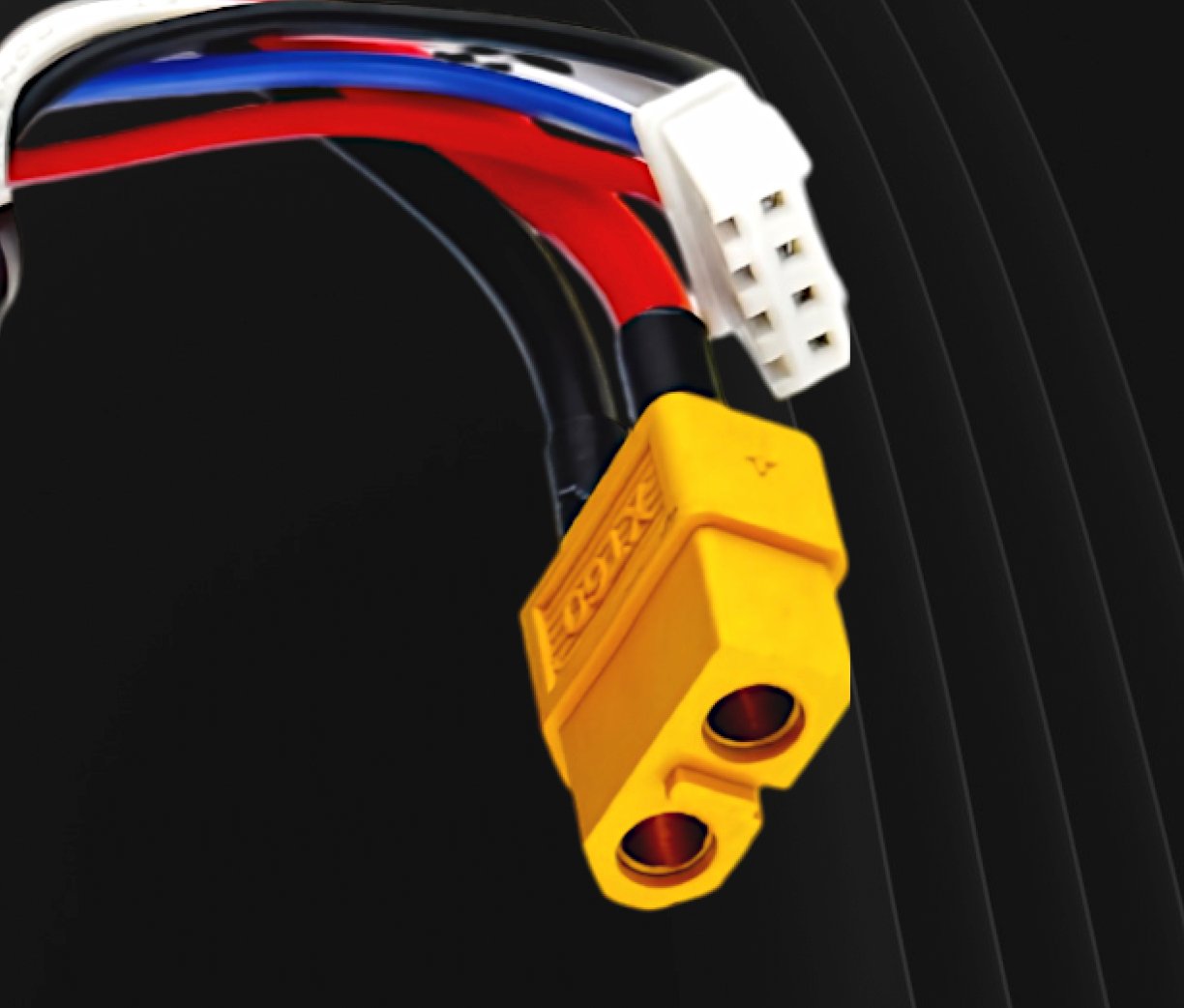

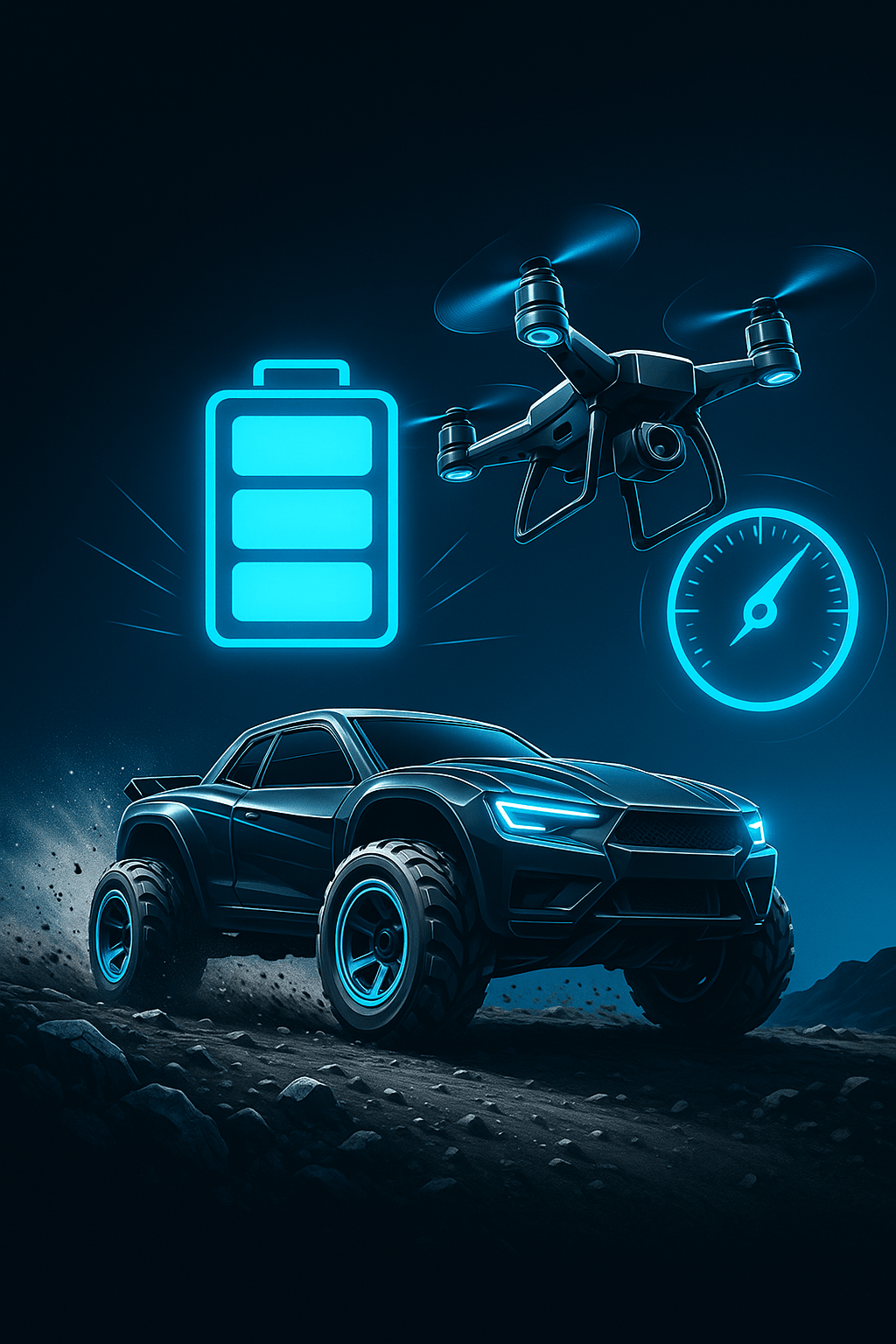
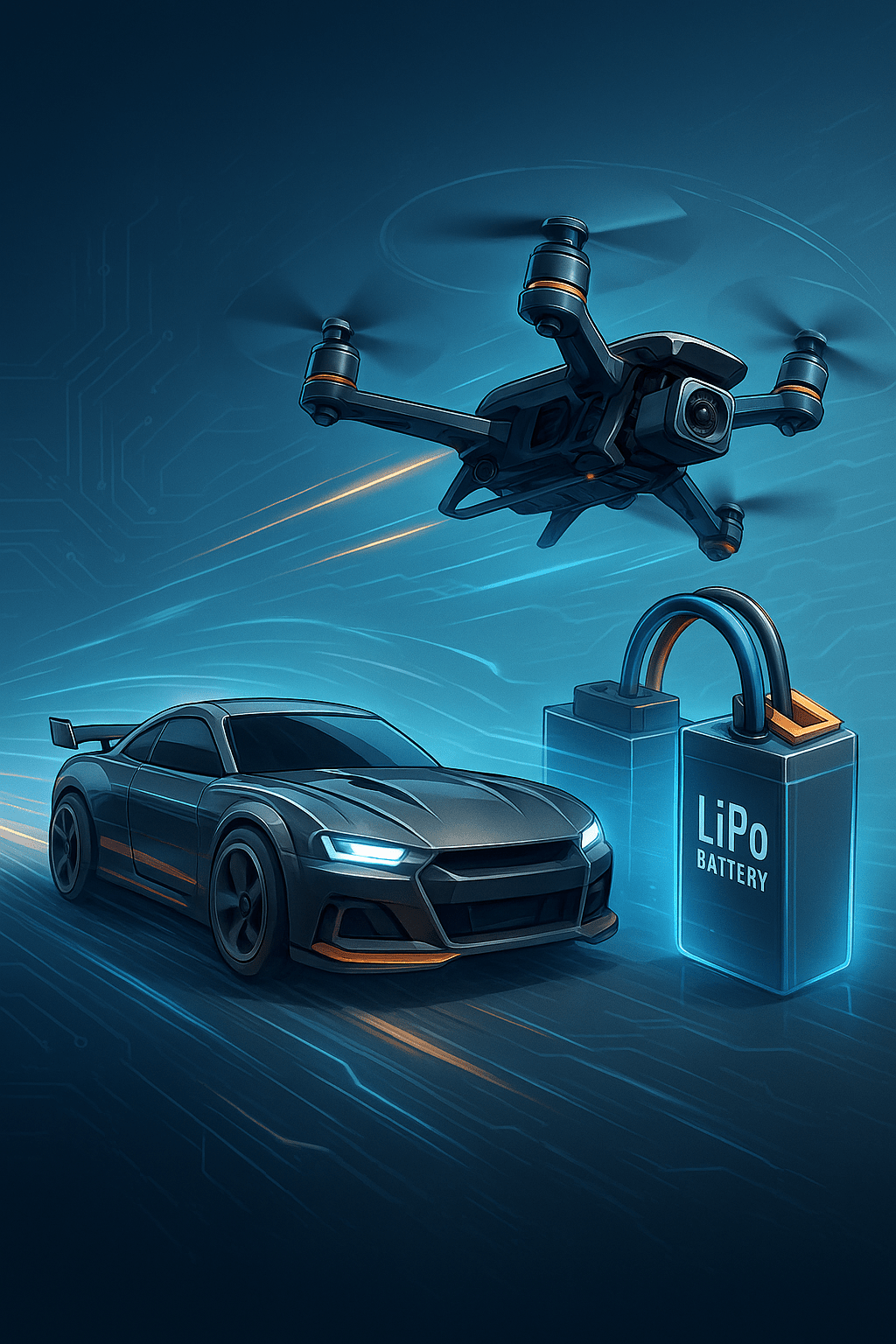
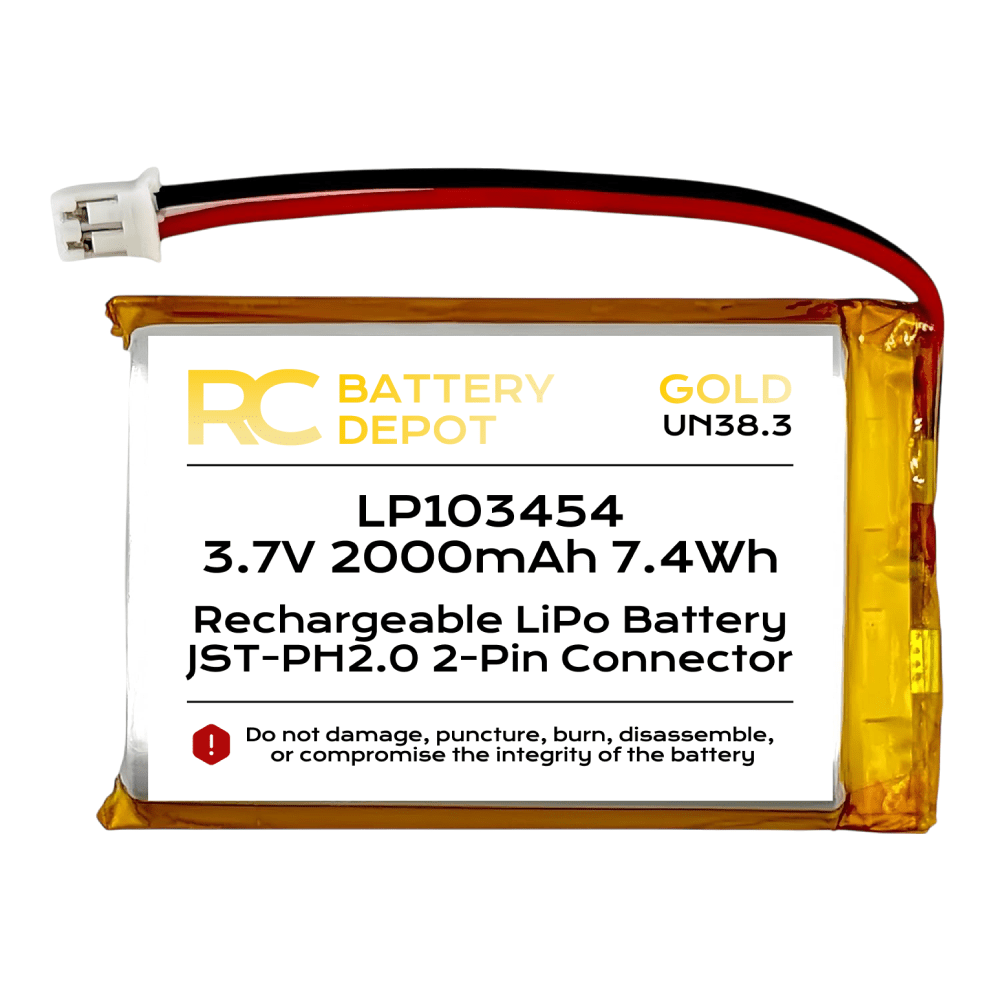
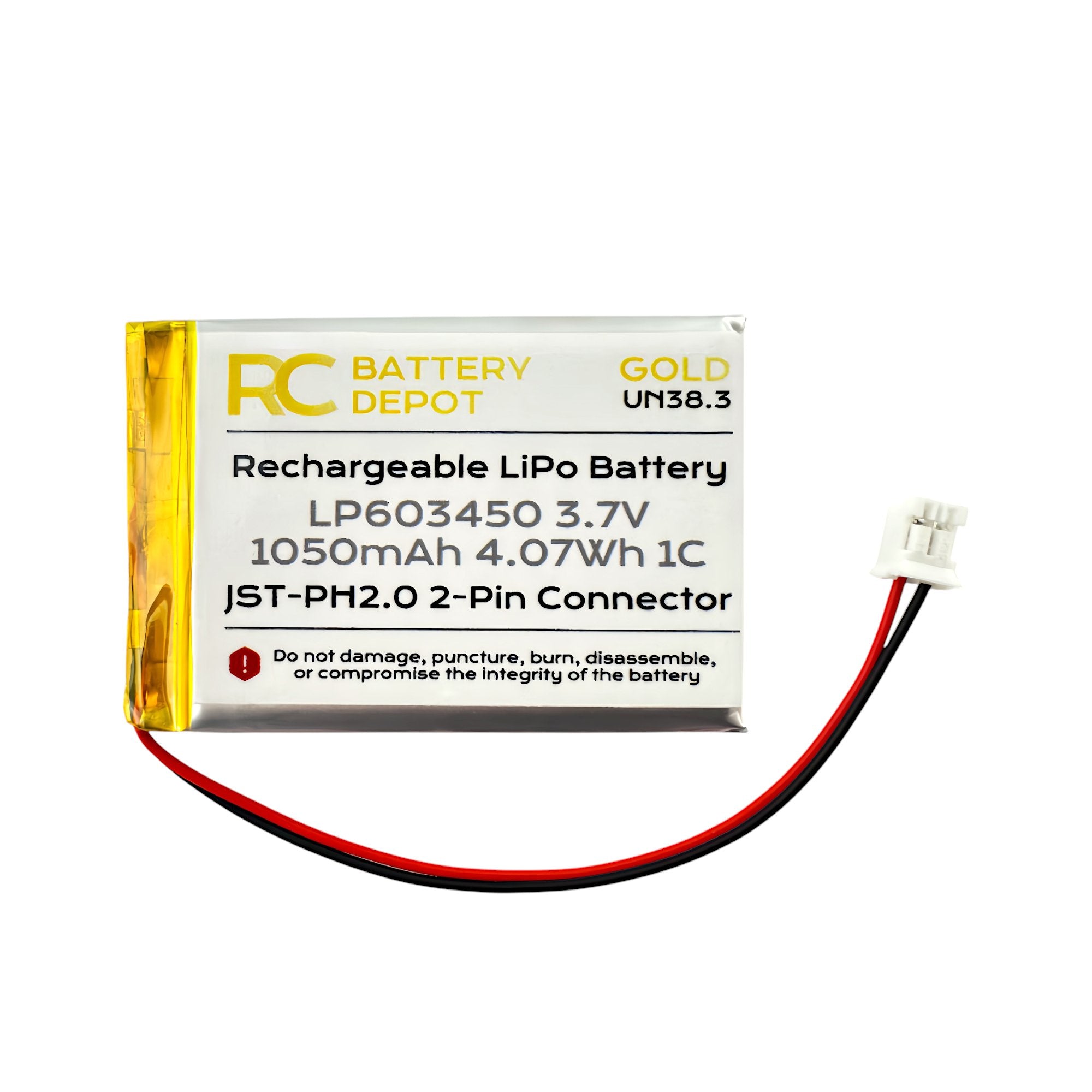

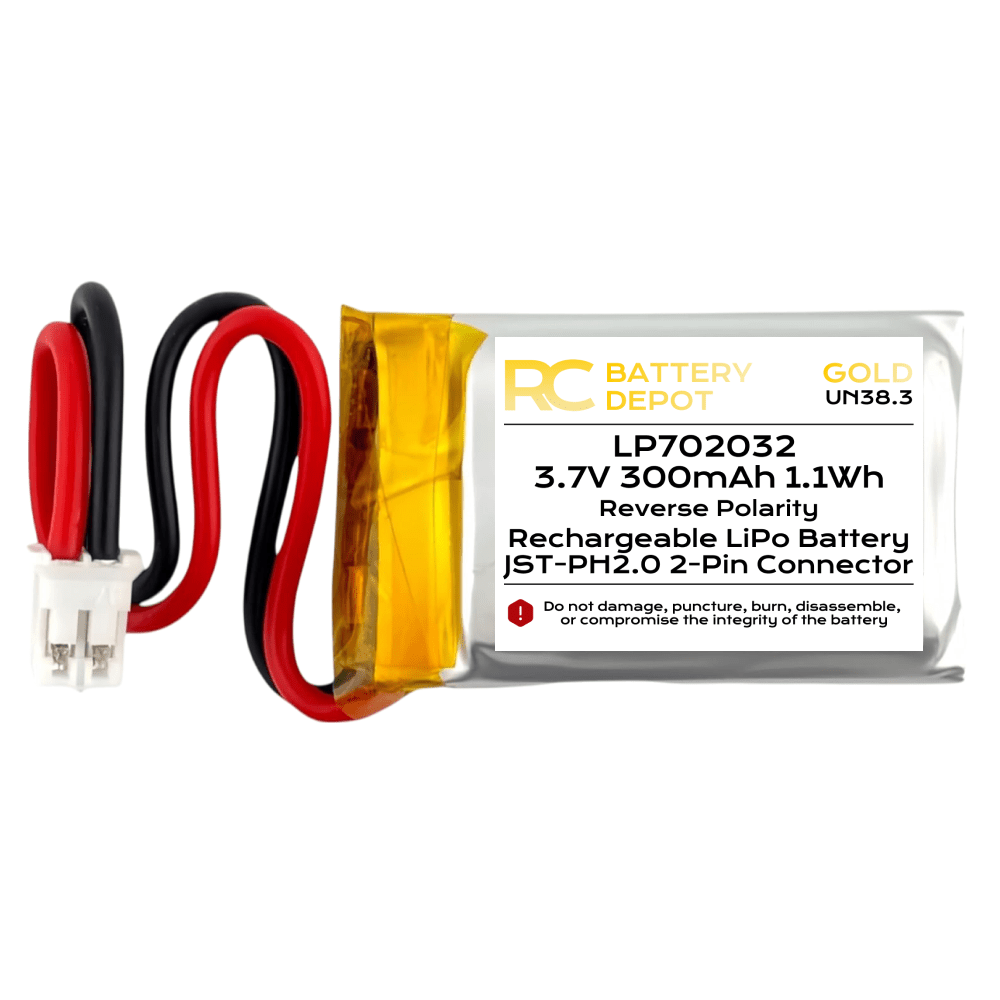
Share:
Understanding RC Battery C Ratings: Why 30C is a Great Choice for Your RC Model
LiPo vs Li-Ion: Why LiPo is Better for RC Applications